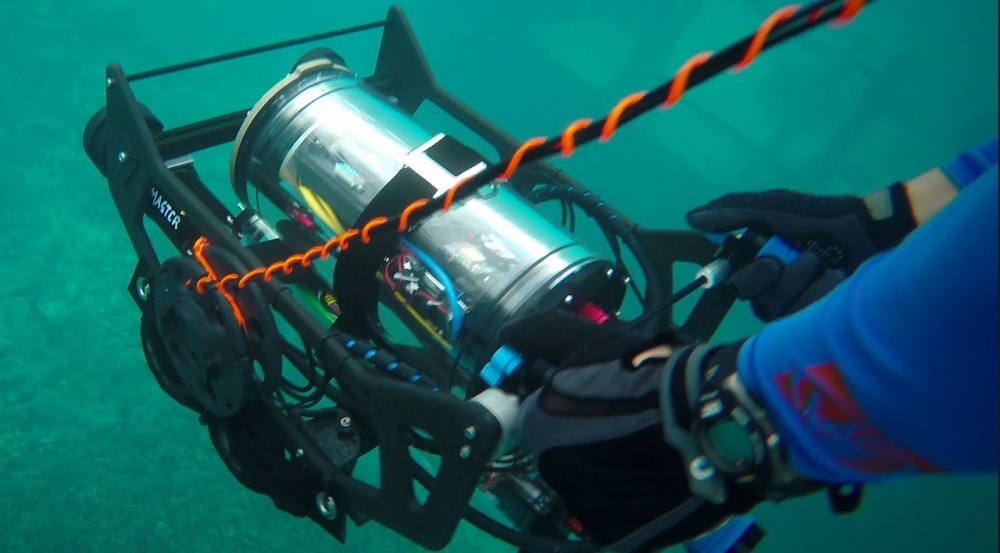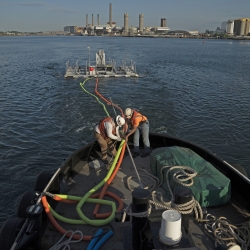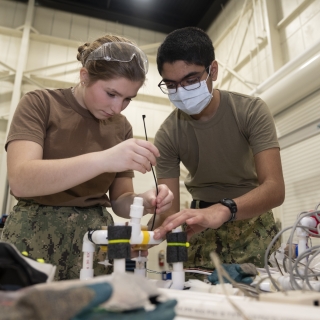

Advanced Undersea Systems and Technology
We develop and assess innovative technology to support the U.S. Navy and Department of Defense's undersea and counter-undersea missions. Our expertise lies in acoustic and non-acoustic sensors, undersea networks, autonomous systems, and advanced signal processing. We perform rigorous systems analyses, develop system architectures, and build prototypes to test the effectiveness of new concepts, capabilities, and processing techniques. Our staff help inform the development of new systems that combine undersea concepts with concepts from other technological domains including communications, sensing, and energy systems.
Featured Video

Recently, a research team at the Laboratory’s field site on the Kwajalein Atoll in the Marshall Islands prototyped and demonstrated a robotic system that can map the undersea domain. With some hardware and software enhancements to a system that maps unstructured above-ground environments, they enabled the robot to determine its position and orientation (pose) in the unstructured waters of the Pacific Ocean. This undersea environment provided perfect testing conditions for a system that can attain pose without relying on GPS. This effort expanded work on a collaborative robotics program that is researching ways to improve human-machine teaming for the Office of Naval Research.
Featured Projects

Combining Neural Networks and Histogram Layers for Underwater Target Classification

Underwater PB&J: Combining Diver and Robot Strengths for Optimized Mid-Mission Teaming

Fiber Sensor Array Buoy

Arctic Climate Change Detection Network






